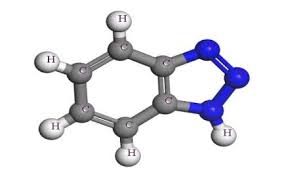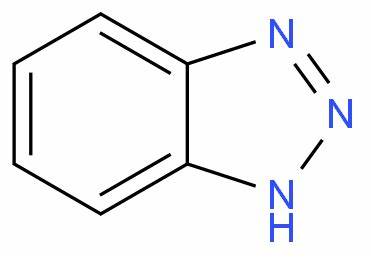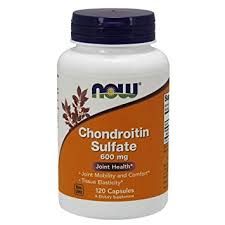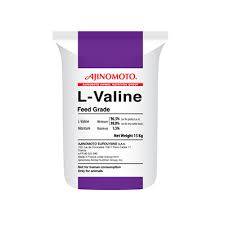Toxicity of Benzotriazole
Benzotriazoles contain a five-membered ring with three nitrogen atoms directly bonded to one another as substituents on a benzene ring. The compounds called methyl (or tolyl) derivatives have a methyl substituent on the benzene ring. Many other derivatives are possible and a number have been used in various applications.
There are three primary uses for benzotriazoles: corrosion inhibitor, ultraviolet light stabilizer for plastics, and antifoggant in photography (U.S. EPA, 1977). Because benzotriazoles are used in large quantities as a corrosion inhibitor, it is mainly through this type of use that benzotriazoles become an environmental contaminant. As a corrosion inhibitor and fire retardant, they are used in antifreeze in concentrations of 0.01-2.0% and in airplane deicing/antiicing fluids in unknown concentrations, up to 10% (Cancilla et al.,1997). Used antifreeze may leak or be poured down drains and thence enters the environment.

Toxicity of Benzotriazole
According to a 1977 EPA report, benzotriazole is considered to be of very low toxicity and a low health hazard to humans. In the same EPA report, two benzotriazole derivatives were reported to be mutagenic in bacterial systems.
Benzotriazole has a toxic effect on plants.
Several reports cited in the EPA (1977) document indicated that benzotriazole can produce distinct morphological changes in a variety of plants. Tomato plants were shown to be sensitive to both benzotriazole and benzothiadiazole (Davis,1954). In cucumber seedlings, as low as 1 mM (0.119 mg/ml) benzotriazole causes 50% repression of root elongation. When applied to the soil of existing bushbean plants, benzotriazole produced death at 0.05 M, and at 0.01 M there was nearly complete inhibition of internodal elongation with simultaneous thickening of the stem.
Benzotriazole also has a toxic effect on the aquatic environment (Hartwell et al.,1995).
The tolerance limit for bluegills and minnows is 27.5 ppm after 48 hours and 25 ppm after 96 hours (~ 0.2 mM). For trout, the tolerance limit is 15 ppm after 48 hours and 12 ppm after 96 hours. The mortality rate is higher after 96 hours than after 48 hours, suggesting that there is cumulative toxic effect on fishes. It was concluded that benzotriazole was nonbiodegradable.
You may like
Related articles And Qustion
See also
Lastest Price from 1H-Benzotriazole manufacturers

US $50.00-10.00/kg2025-09-02
- CAS:
- 95-14-7
- Min. Order:
- 1kg
- Purity:
- 99%,Electronic grade(Single metal impurity≤ 100ppb) or pharmaceutical grade
- Supply Ability:
- 100kg

US $1.00/KG2025-08-30
- CAS:
- 95-14-7
- Min. Order:
- 1KG
- Purity:
- 99%
- Supply Ability:
- 20T




